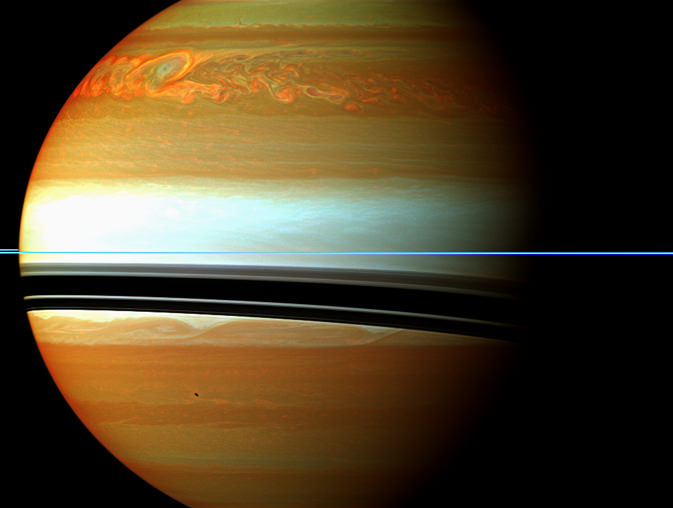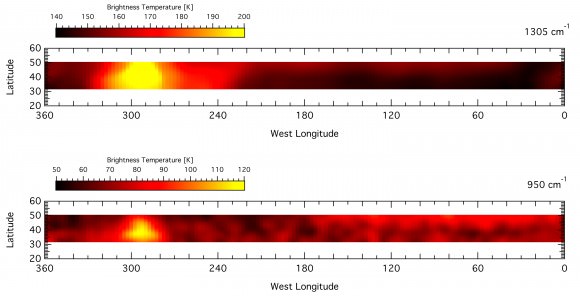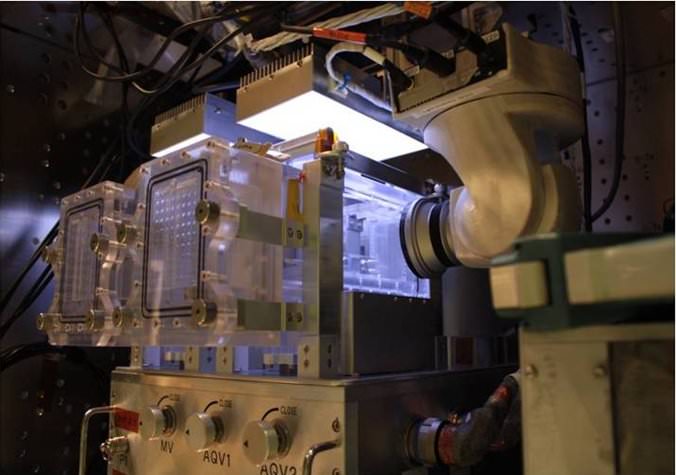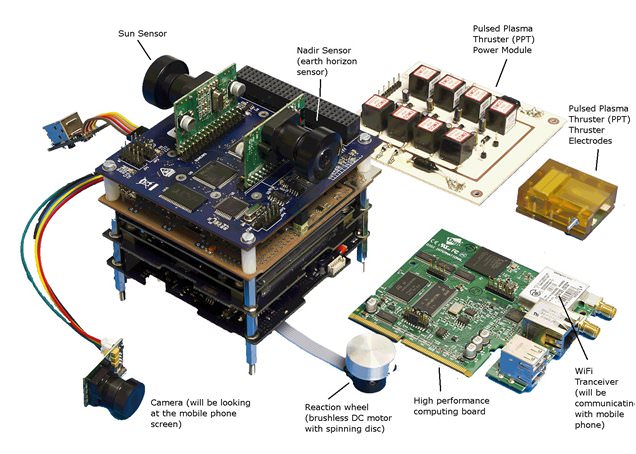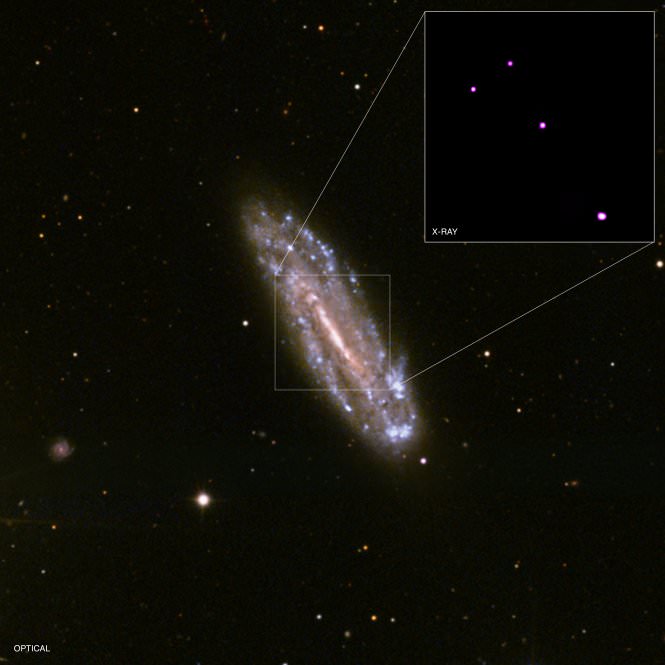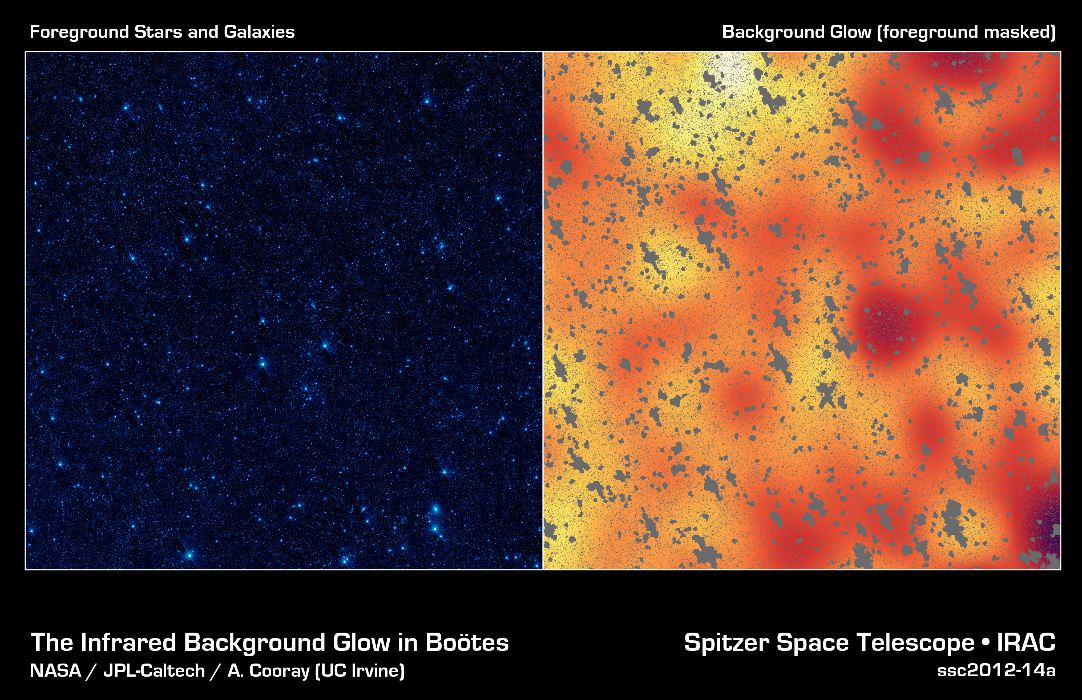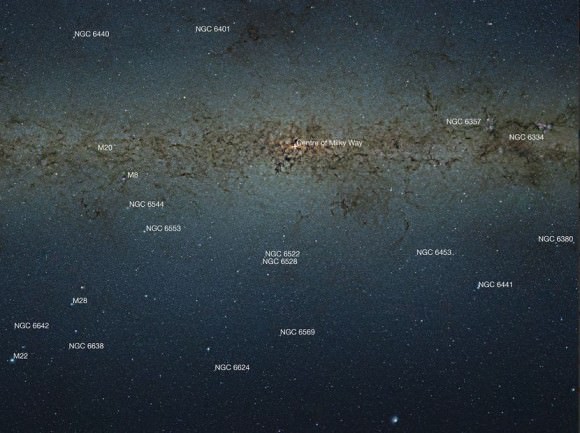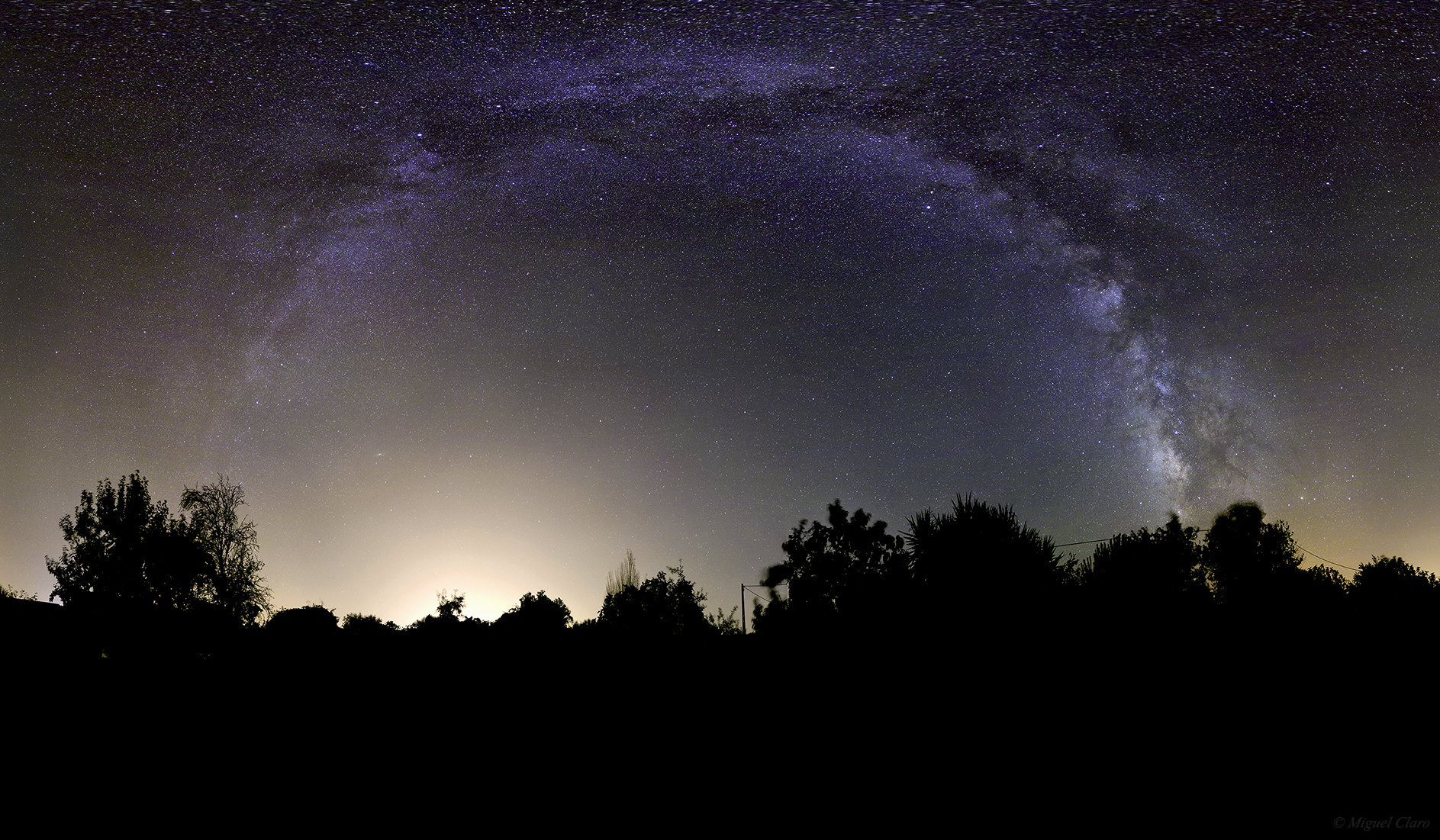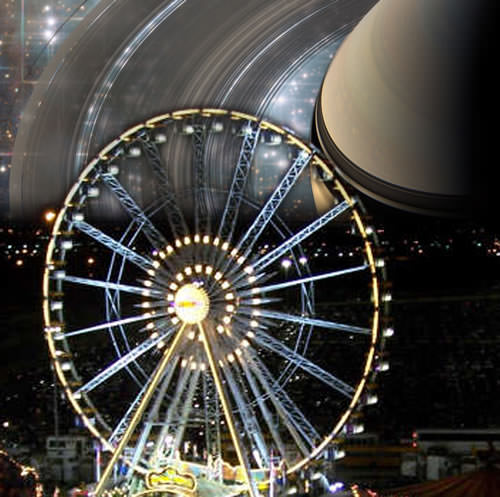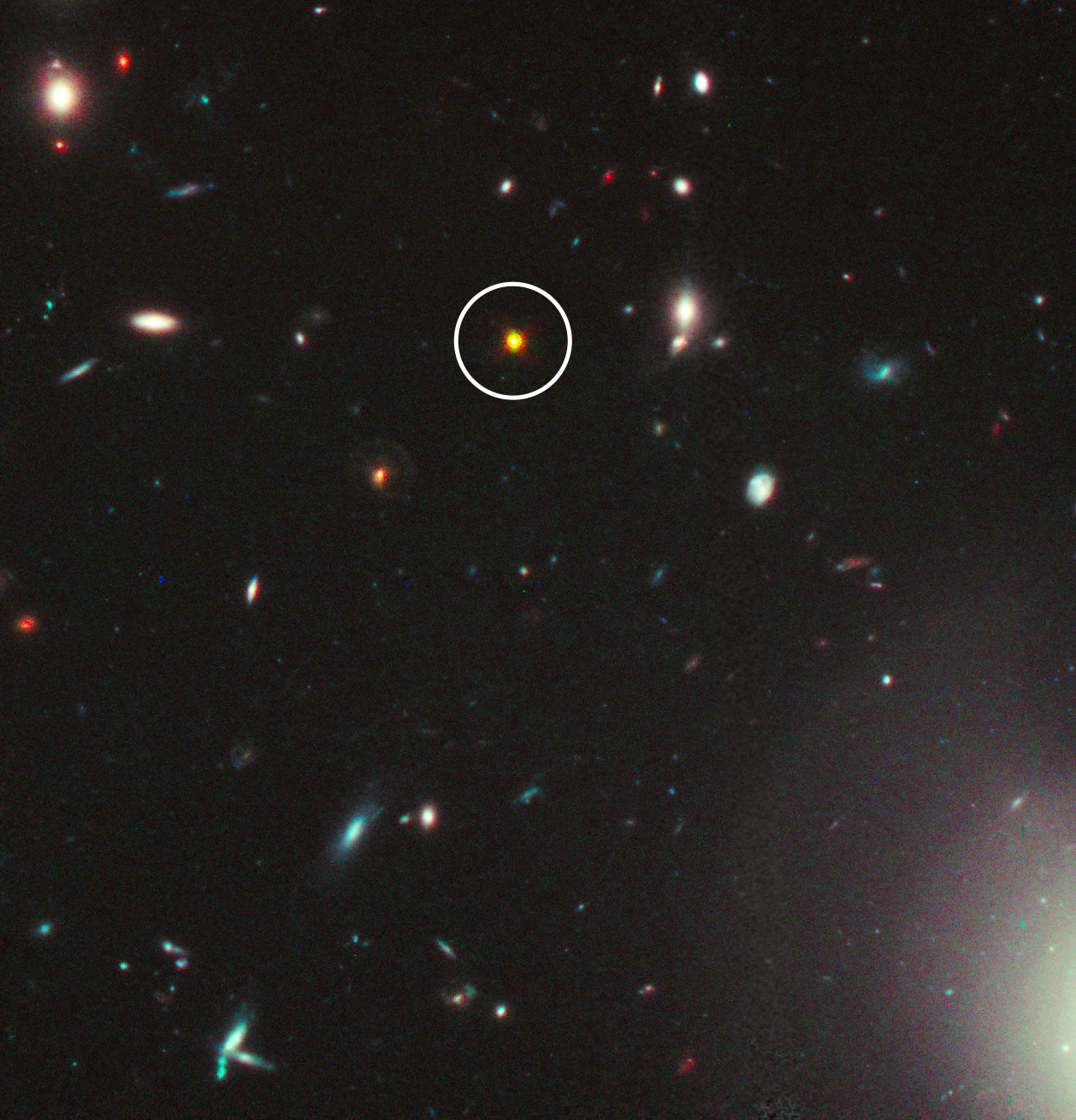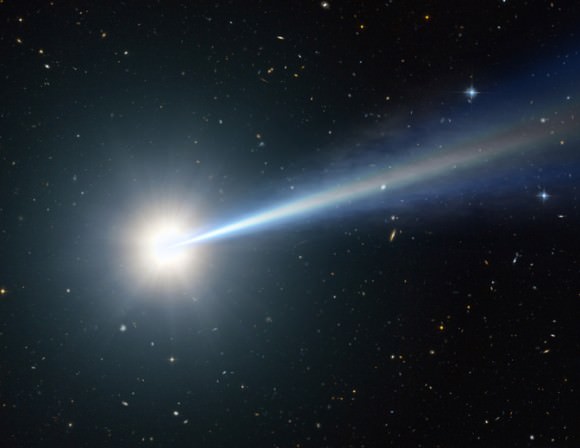In 2010, a small, bright white storm emerged on Saturn’s northern hemisphere. This storm grew until it wrapped around the planet in curly cloud structures, creating a colossal atmospheric disturbance that endured into the early part of 2012, becoming the largest storm seen on the planet since 1990. Being in orbit around the ringed planet, the Cassini spacecraft had a front row seat to watch the disturbance unfold, allowing planetary scientists an unprecedented look at this monster storm. While the storm was visible even to amateur astronomers on Earth, much of its activity took place beyond the reach of visible-light cameras and telescopes, astronomers say. Not only did huge “beacons” of hot air chase each other around the planet, but infrared observations show a giant oval vortex is still persisting as a side effect from the storm.
“It’s the first time we’ve seen anything like it on any planet in the Solar System,” said Leigh Fletcher from the University of Oxford, UK, lead author of a paper describing the unprecedented storm. “It’s extremely unusual, as we can only see the vortex at infrared wavelengths – we can’t tell that it is there simply by looking at the cloud cover.”
Fletcher and her team also used ground-based observations with the Very Large Telescope of the European Southern Observatory in Chile, and NASA’s Infrared Telescope Facility at the summit of Mauna Kea in Hawaii.
As the visible storm erupted in the roiling cloud deck of Saturn’s troposphere, waves of energy rippled hundreds of kilometers upwards, depositing their energy as the two vast ‘beacons’ of hot air in the stratosphere.
Data from Cassini’s composite infrared spectrometer (CIRS) instrument revealed the storm’s powerful discharge sent the temperature in Saturn’s stratosphere soaring 65 degrees C (150 degrees Fahrenheit, 83 kelvins) above normal.
Researchers described in a complimentary paper that will be published in the Nov. 20 issue of the Astrophysical Journal this as a “belch” of energy, as they observed a huge increase in the amount of ethylene gas in Saturn’s atmosphere, the origin of which is a mystery. Ethylene, an odorless, colorless gas, isn’t typically observed on Saturn. On Earth, it is created by natural and man-made sources.
Researchers are still is exploring the origin of the ethylene, but they have ruled out a large reservoir deep in the atmosphere.
“We’ve really never been able to see ethylene on Saturn before, so this was a complete surprise,” said Goddard’s Michael Flasar, the CIRS team lead.
The beacons were expected to cool down and dissipate, but by late April 2011 – by which time bright cloud material had encircled the entire planet – the hot spots had merged to create an enormous vortex that for a brief period exceeded even the size of Jupiter’s famous Great Red Spot.
The forceful storm generated unprecedented spikes in temperature and increased amounts of ethylene. In these two sets of measurements taken by Cassini’s composite infrared spectrometer, yellow represents the highest temperatures. Each strip maps a single molecule (top: methane, bottom: ethylene), with temperature measurements taken in the northern hemisphere, all the way around the planet. Image credit: NASA/JPL-Caltech/GSFC
Although comparisons to Jupiter’s Red Spot have been made to this storm, Saturn’s storm was much higher in the atmosphere while Jupiter’s vortex is embedded deep down in the turbulent ‘weather zone’, Fletcher said.
Also, Jupiter’s famous vortex has raged for at least 300 years. But after traversing the planet once every 120 days since May 2011, Saturn’s large beacon is cooling and shrinking. Scientists expect it to fade away completely by the end of 2013.
The question now remains as to whether Saturn’s storm-generating energy has been sapped or if there will be a repeat performance, the team said.
The outburst already caught observers by surprise by arriving during the planet’s northern hemisphere spring, years ahead of the predictably stormy summer season.
“The beauty is that Cassini will be operating until the Saturn system reaches its summer solstice in 2017, so if there is another global event like this, we’ll be there to see it,” says ESA’s Cassini project scientist Nicolas Altobelli.

